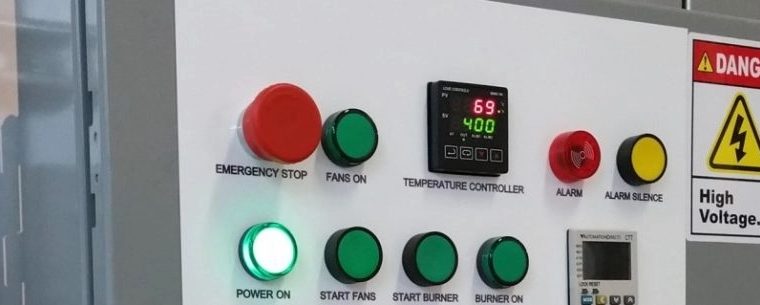Surface treatments and finishing have been there for some time. The treatments improve the metal parts’ performance in harsh environments. You carry out treatment through devices like powder coating ovens.
Powder coating is a technique that involves applying a coating to most metals for protection, decoration, and to provide a durable and high-quality finish. Moreover, you can use powder-coating for several commercial and industrial applications and purposes.
How is powder coating done?
The needed coating powder is a pigment and resin particles mixture. The mixture is sprayed electrostatically over a metal surface to be powder-coated. These electrically charged particles of powder adhere to the metal automatically. Next, you heat the powder-coated metal to the appropriate temperature in a powder coating oven. The heating of the object renders durability, smoothness, and attraction to the body’s coated surface.
Powder-coating is an ideal method of offering excellent metal finishing. However, it has the challenge of out-gassing. Out-gassing is a challenge when using a coating oven. While certainly, out-gassing is a nuisance, you follow some steps to minimize it.
What is outgassing?
The release of trapped gases during the curing of powder-coated objects is called out-gassing. Out-gassing usually forms tiny holes in the surface coat. If exposed to atmospheric contaminants or moisture, the pinholes get filled with corrosive materials that corrode, which degrade the component.
What causes Out-gassing?
- Thick coating: when the first past coat layer is relatively thick, out-gassing takes place.
- Casting: If the coating powder is melted and then poured before applying, air can be trapped in the coating, leading to out-gassing.
- Contaminated application surfaces: If the metal surface has molded, contaminants like oil, grease, or dirt, out-gassing may occur.
Out-gassing solutions
You can avoid the challenge of out-gassing can be avoided by the use of the simple methods below.
- Preheating the object: Heating the surfaces can assist remove contaminants- this allows the trapped gases to leave before the curing process. During preheating, you should ensure that the temperature is more than the one for curing.
- Cleaning the surface: Cleaning the surface of the object, before the powder coating process and curing takes place helps remove contaminants, thus reducing the chances of out-gassing.
- Applying more than one layer of coat: If one layer is too thick, a simple remedy is to apply two coat layers before placing the object in a powder coating oven. Doing so helps control the thickness of the coat thus, preventing out-gassing
- Improve Powder Characteristics: This makes the powder coat remain in liquid for a relatively long time during curing; This gives gases sufficient time to be released.
- Applying a Primer: Applying a primer on a surface can assist in minimizing the problem of out-gassing.
Out-gassing may cause multiple problems. The solutions above can assist eliminate it and ensure a well-coated, clean, and cured surface.


















